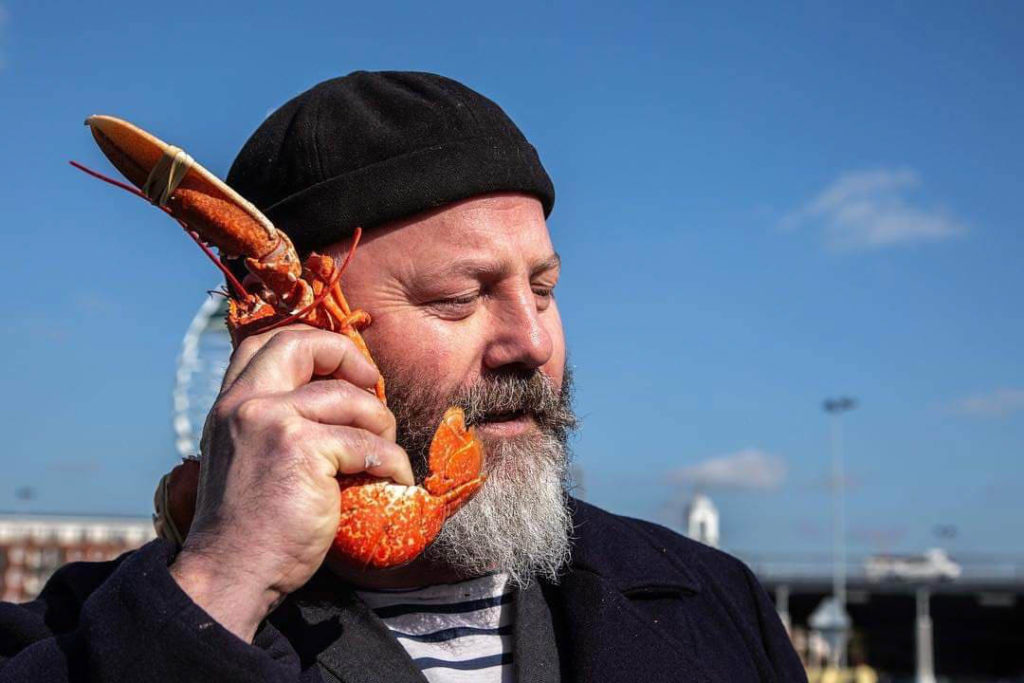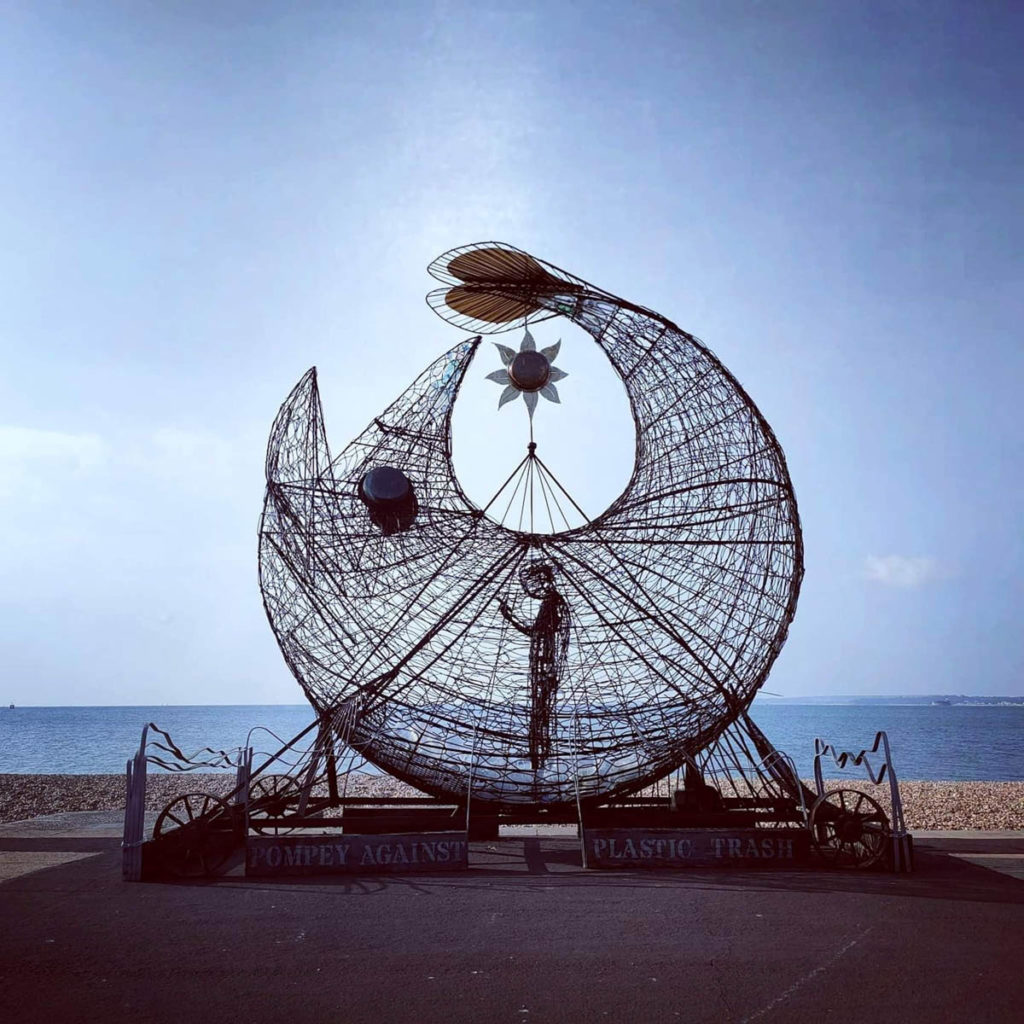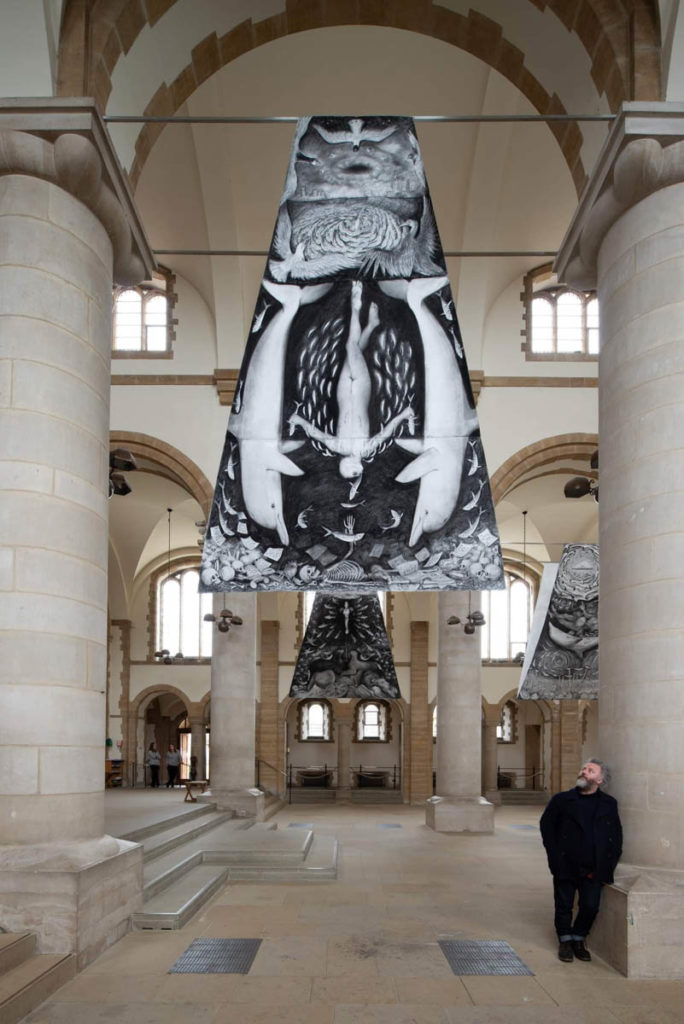The sea, at the heart of things.
Pete Codling lives in his hometown of Southsea, in the city of Portsmouth, on Portsea Island in the Southern England of the United Kingdom. A city with two thousand years’ worth of military and naval history but also humble origins in agriculture, fishing, oysters, and salt marsh farming. It remains one of the most densely populated cities in Europe with a broad multi-cultural community. Its future lies as a university city, with tourism of its historic past and as a waterfront gateway to the UK for Cruise, merchant, and naval ships.
It is dock for the big ferries to and from France and the Isle of Wight as well as train terminal destination for the southwestern train service and M27 motorway. The island is consolidated by reclaimed salt marsh land, and now embarking or extensive sea defence engineering to ensure it survives the rising water table from climate change. All of this adds inspiration to this artist whose work literally ‘draws’ attention to its local history and people.
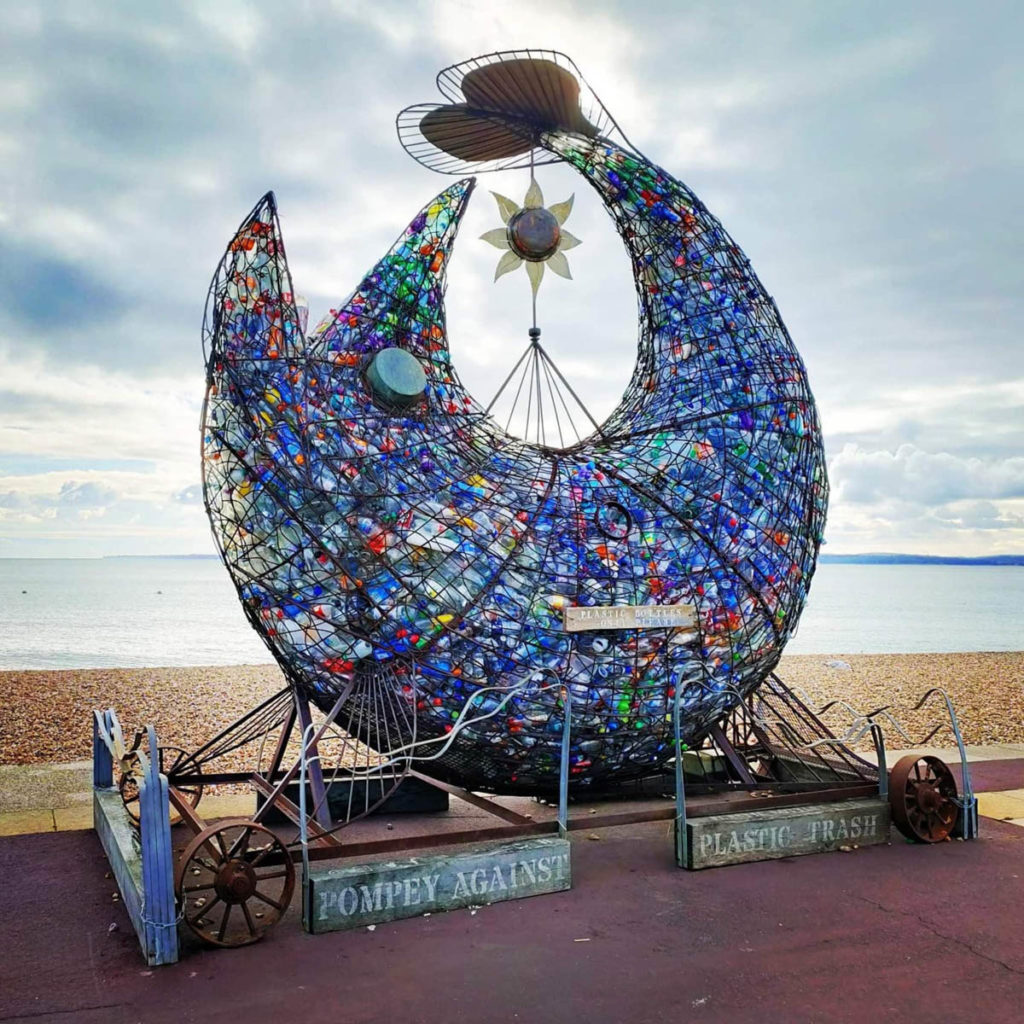
His drawings tell stories of fishermen, sailors, divers and sea swimmers. It touches on maritime folklore and mythology like fish, dolphins, octopus, seagulls, mermaids, angels. His however a sculptor by trade and his he best known in this city for two major artworks. He spent seventeen years making the ‘One Million Pebbles’ project, from twenty six tons of clay.
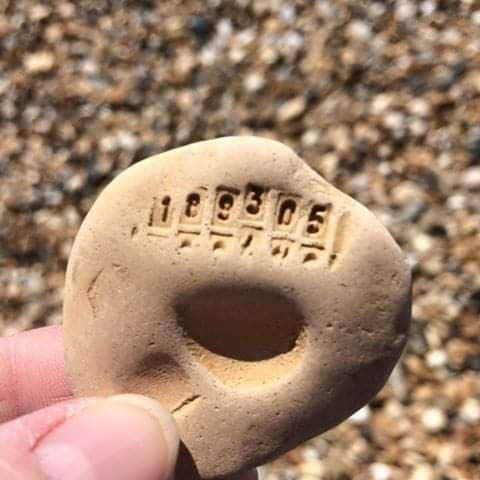
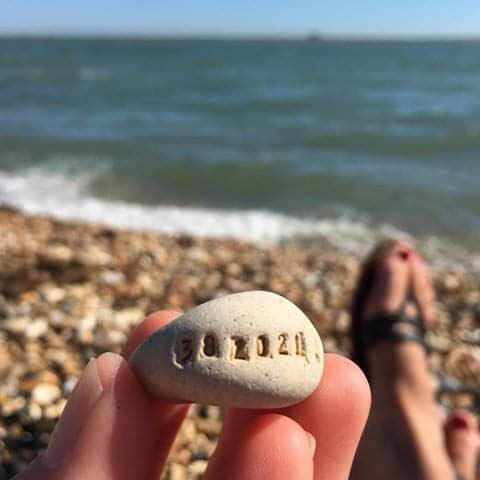
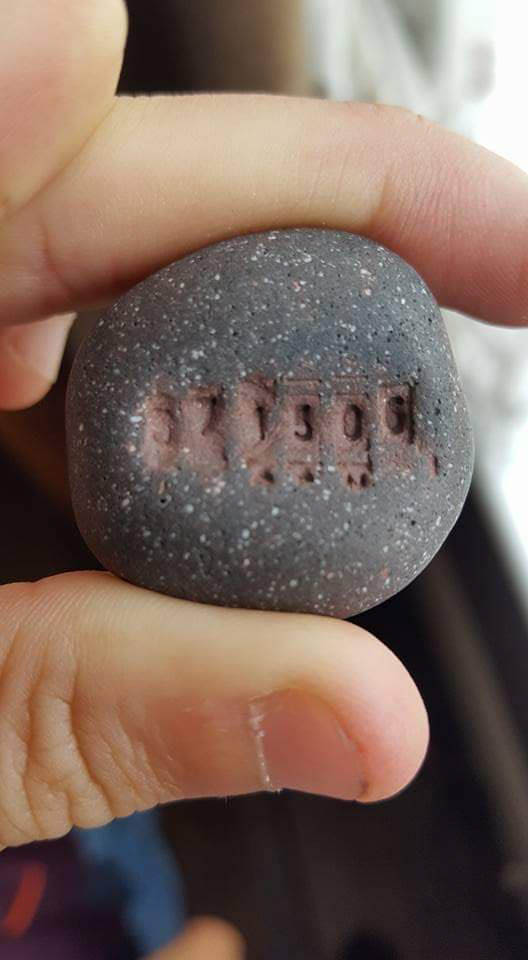
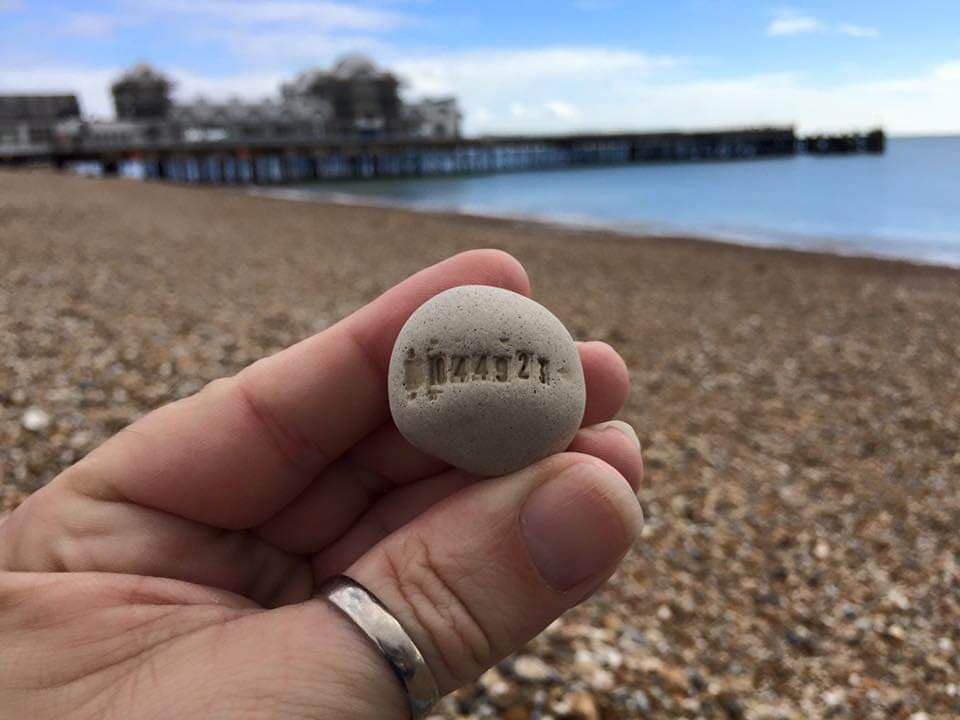
He got the public to help him make these numbered handmade ceramic stones that can be found on Southsea Beach. And now, on the same beach, the ‘Treadgoldfish Sculpture’, a giant steel fish made of scrap from the Treadgold Heritage Museum. The fish curls upwards into the star and crescent motif of the city. Inside the sculpture, a life size figure stands looking into a mobile phone. With obvious reference to Jonah and the Whale and being in denial of our pending environmental doom.
The public are invited to fill this fish with plastic bottles for recycling. The figure gets buried by the plastic waste as it fills up. The 4m high sculpture can hold up to twelve thousand plastic bottles and has already been emptied three times, with the contents being recycled locally. He has also designed a giant seahorse, made of old horseshoes and boatyard scrap, this time with a mermaid inside, that he hopes to get built next year. In 2019 he created the Soup of Souls drawings, a set of eight large charcoal drawings hung in the nave of St Thomas’s, otherwise known as Portsmouth’s Cathedral of The Sea.
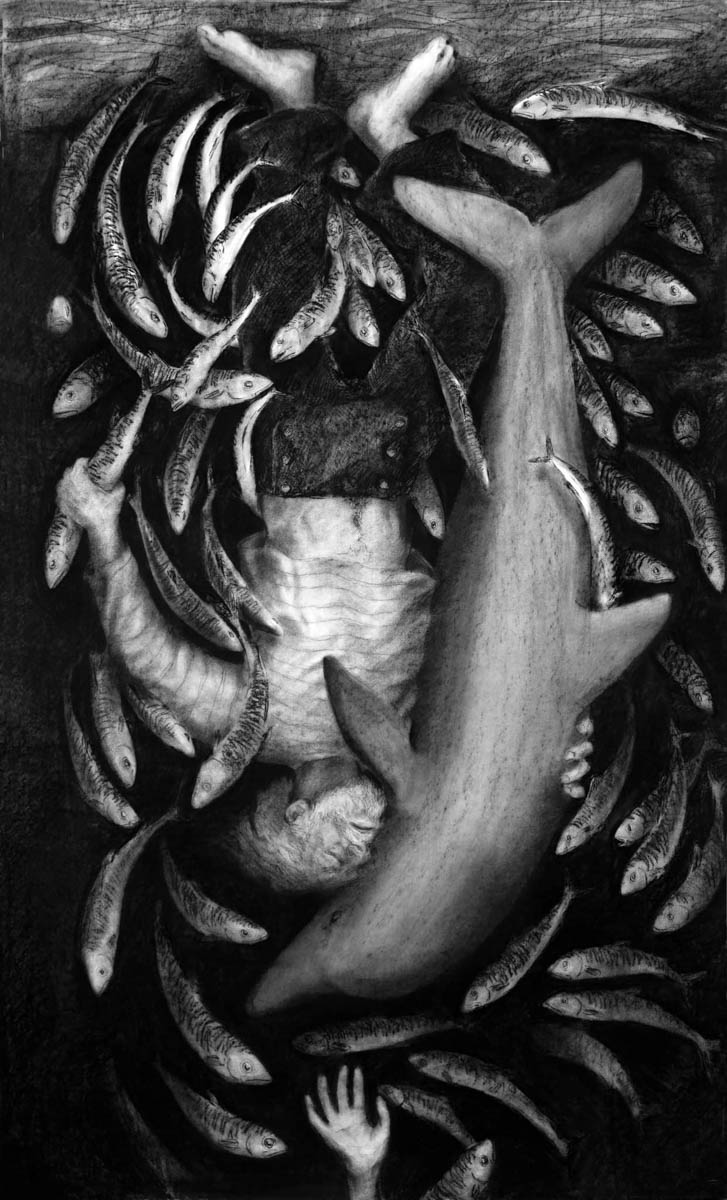
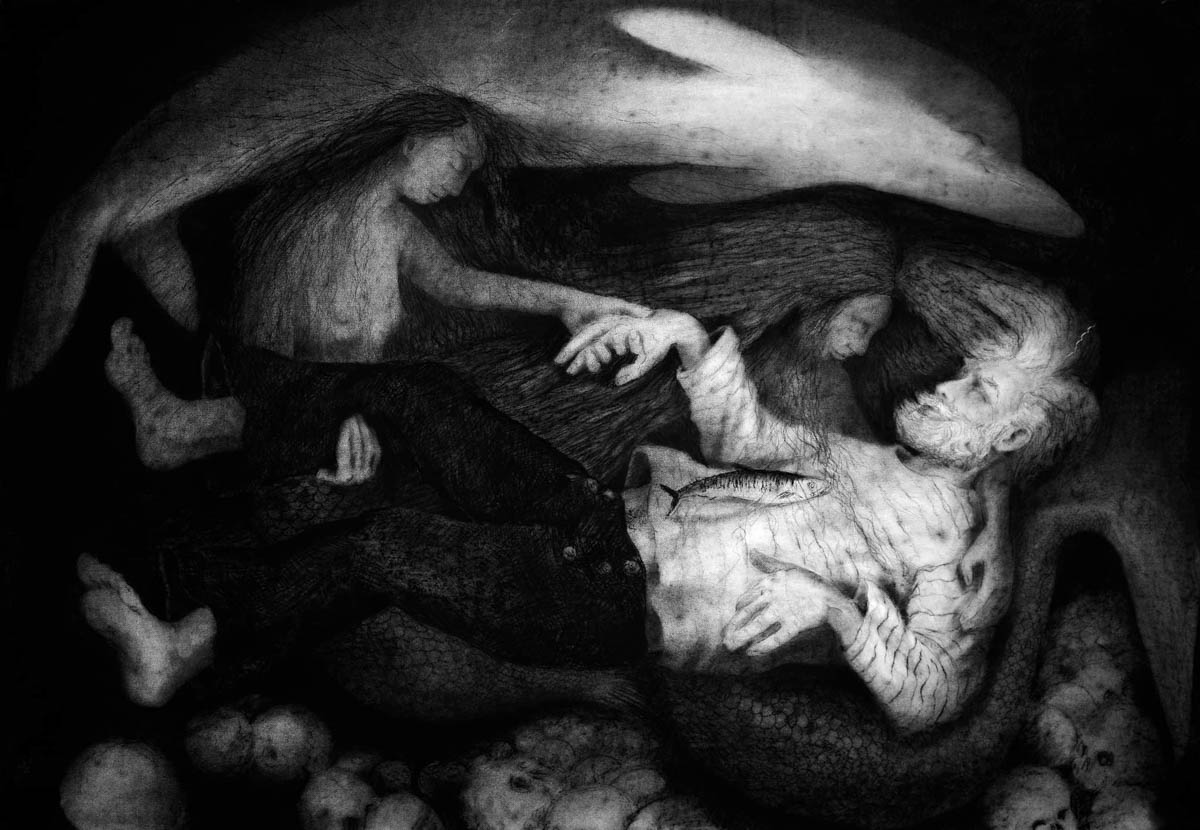
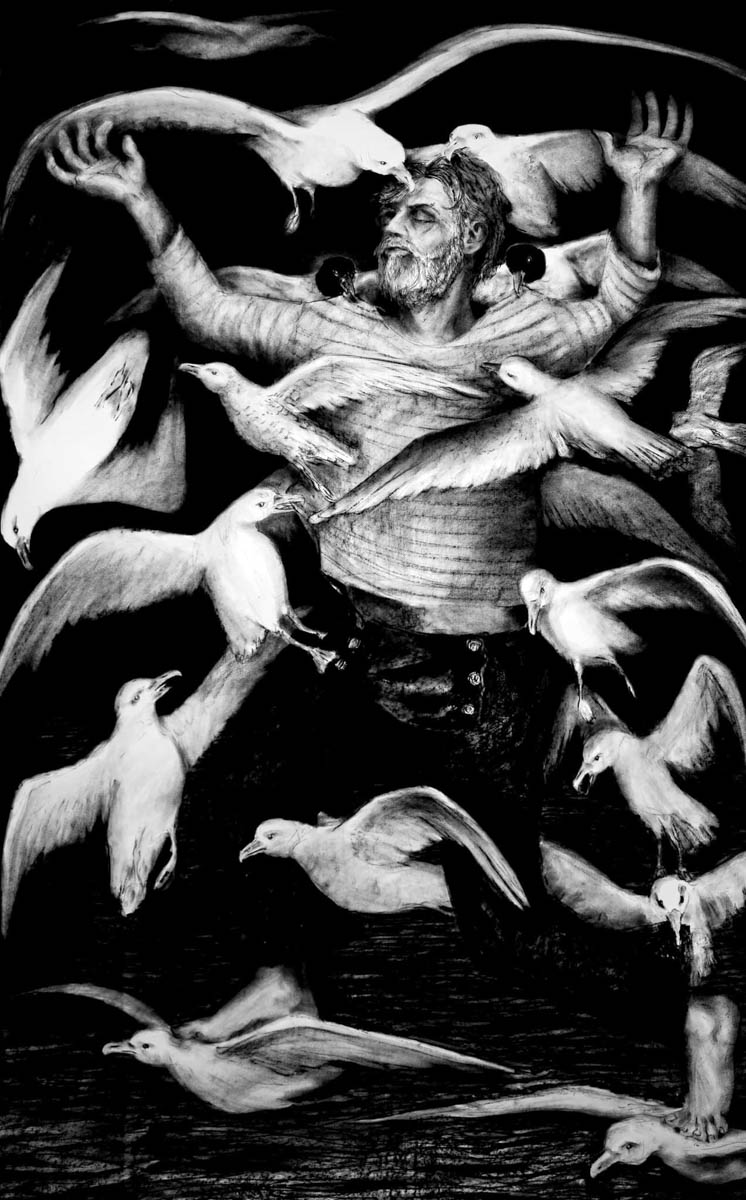
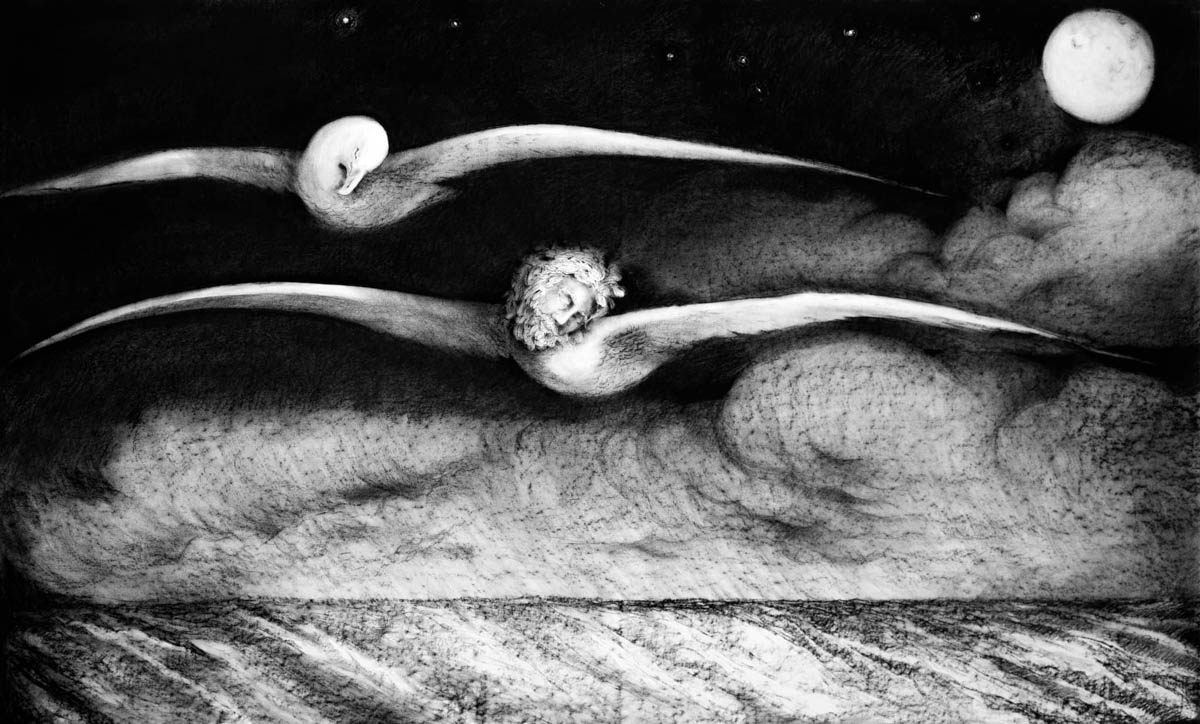
This series tells the story of people who have drowned in the Solent water, from suicides and tragedy to battle ships, aeroplanes and divers. Stories like Buster Crabb the cold war Royal Navy diver murdered by the Russians or the local fishing trawler the ‘Wilhelmina J’ that sunk with all hands, in collision with a tanker in the Solent. These stories are deep in the maritime city’s psyche.
Codling is now the Artist in Residence at Portsmouth Historic Dockyard. He has been working for several years on a series of giant charcoal drawings on life size replica sails from HMS Victory and the Tudor Flagship Mary Rose. These giant canvases, one of which is 17m wide and 10m are covered in portraits of local people, as a ‘portrait of the city’.
The Mary Rose main sails tell the tragic story of the ship form the shipwrights and sailors to the modern-day scuba divers, scientists and archaeologists and tourists. He has another year of drawing to do, perhaps you know someone who should be in it?
The oceans run through this artist’s work, not as traditional maritime pictures of ships, but our personal and poetic relationship with the sea. His epic artworks invites you to deep dive into the human condition.



